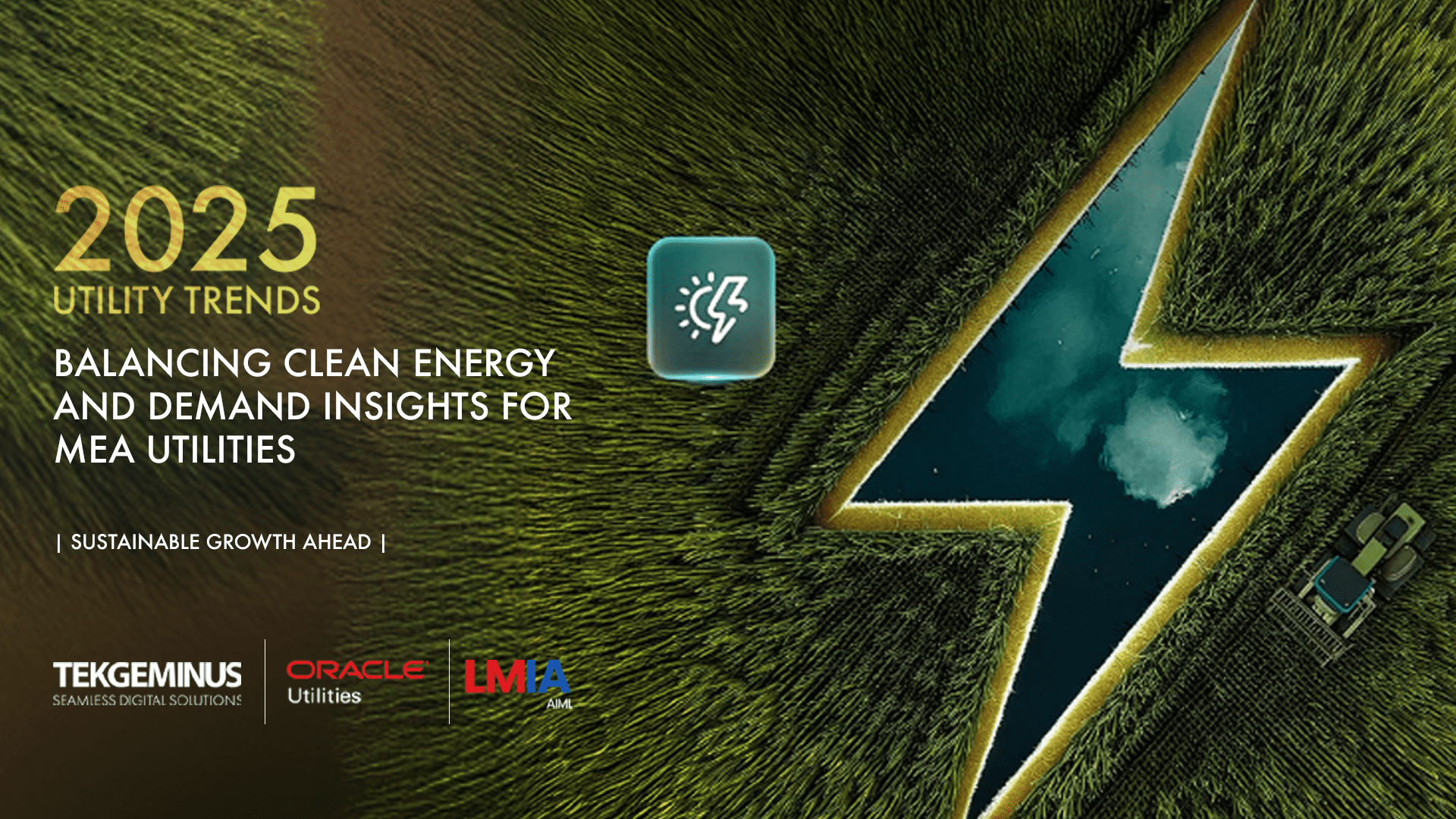2025 Utility Trends: Balancing Clean Energy and Demand
2025 promises a pivotal shift toward harmonizing clean energy initiatives with escalating demand. For MEA utilities, this balance is not just strategic – it’s essential for sustainability and economic viability amid climate pressures and population growth.

The surge in renewable energy adoption, such as solar and wind, is transforming grids. However, variable output from these sources creates load management challenges. AI-embedded solutions, like predictive analytics on cloud platforms, are emerging as game-changers. By analyzing IoT data from smart meters, utilities can forecast demand spikes with high accuracy, enabling dynamic resource allocation. For instance, integrating Distributed Energy Resource Management Systems (DERMS) allows real-time balancing, reducing reliance on fossil fuels and cutting emissions by up to 20%.
Electric vehicle (EV) integration adds another layer. With MEA governments pushing EV adoption through incentives, utilities must expand charging infrastructure without overwhelming grids. Tools like FinHub by Tekgeminus facilitate contract management for EV programs, automating payments and ensuring seamless vendor coordination. This not only supports clean energy goals but also opens revenue streams, with projections showing a 15% demand increase from EVs alone by 2025.
Cybersecurity and resilience are critical as digital transformations accelerate. Cloud-native architectures, such as Oracle Cloud Infrastructure (OCI), provide scalable defenses against threats, ensuring compliance and minimizing outages. MEA utilities, prone to extreme weather, can leverage observability dashboards for proactive monitoring – tracking, billing, payments, and operations to prevent disruptions.
Customer-centric innovations will define success. Personalized services via AI in CRM systems help utilities engage users on energy efficiency, promoting demand-side management. This fosters loyalty while aligning with net-zero targets, potentially yielding 25% efficiency gains.
To navigate these trends, utilities should prioritize partnerships. Collaborating with experts like Tekgeminus simplifies implementations, from OCI migrations to AI strategies. By 2025, those who balance clean energy with demand through tech will lead the way, driving sustainable growth in MEA.


